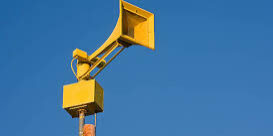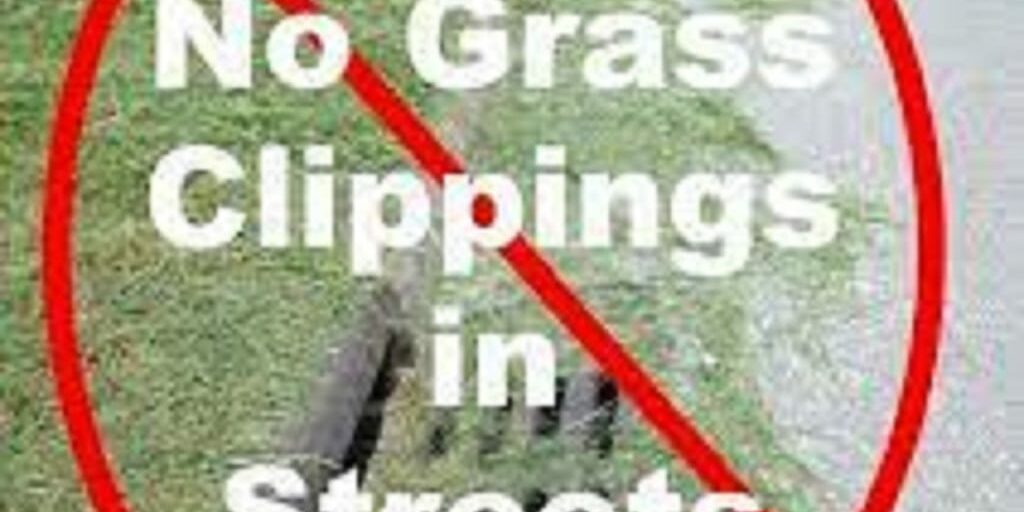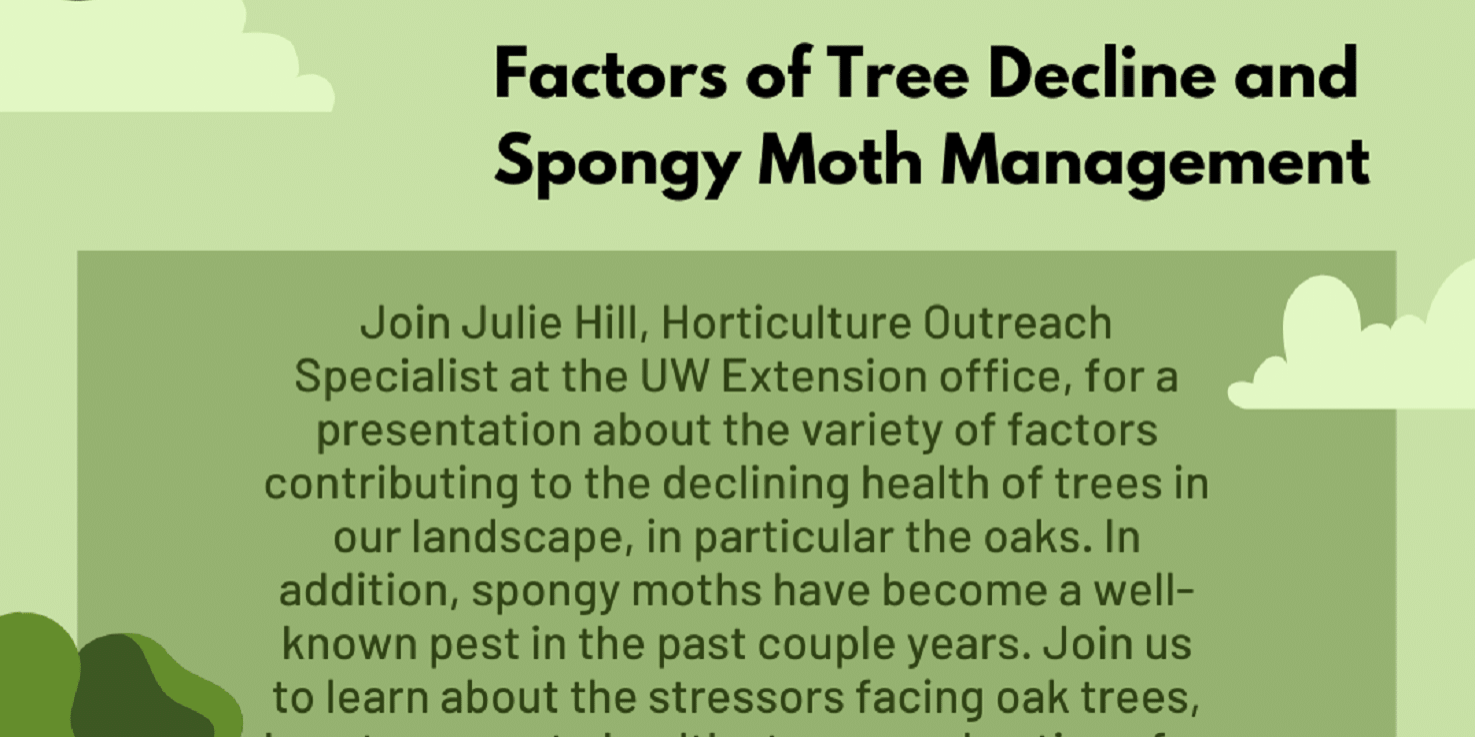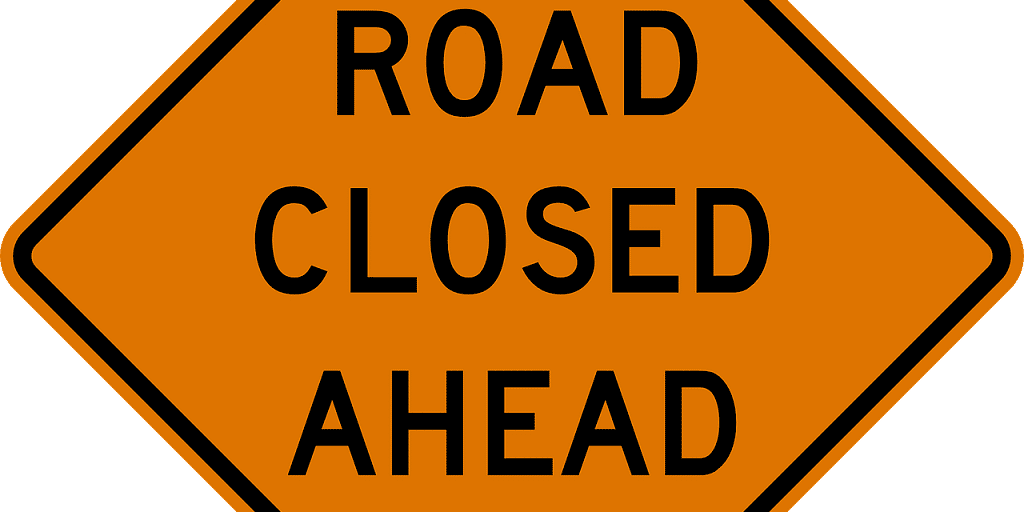Approximately 60 people attended an update on the Lakes Drawdown at the Municipal Building on February 1. The speakers were Cameron Clapper, City Manager; Eric Boettcher, Parks and Recreation Director; and Heidi Bunk, Water Resources Management Specialist with the DNR. In March of last year, 150 holes were drilled in order to determine the sediment levels in the lakes. The drawdown started with Cravath Lake on July 8, and by September 10, Cravath had fallen 3.5-4′ and Trippe Lake, 2.5-3′. Unfortunately very heavy rainfall occurred on September 12, leaving the lakes at above normal levels. The drawdown continued until mid-October, resulting in Cravath’s level being 3-4′ below normal (compared with a goal of 5-6′) and Trippe being 2.5-3′ below normal (versus a goal of 6′). Additional drawdowns will occur in the spring.
The primary goal of the drawdown is to eliminate as many invasive plant species as possible, with the expectation of improving the health and appearance of the lakes, as well as to reintroduce recreational opportunities. It is also hoped that it will be possible to deepen the navigable channels through dredging, which would occur in early 2021. Dredging, however, is an extremely costly process, and it will not be known until this fall what is realistic financially. Additionally it is not yet known where the dredged material would be taken.
Photos were shown exhibiting the positive results of lake drawdowns at School Section Lake near Dousman as well as at Little Muskego Lake. Although Whitewater can also expect positive results, the outcome will be significantly dependent on the amount of precipitation in coming months, with drier conditions being desired. Heidi Bunk indicated that the goal is that this coming summer the lake bottom will become cracked with “Mars-looking cracked sediment.” The cracks allow oxygen to enter the sediment, resulting in bacteria consuming organic material.
A number of residents with lakefront properties had questions about shoreline restoration, which may require permits from the DNR. Many of them also had concerns about the geese population, which was described by some as the largest ever seen during the winter. It appears that some migratory geese have chosen to remain in the area, taking advantage of the availability of fish. It was indicated that it’s very difficult to make long-lasting reductions in the geese; however, approaches such as oiling of eggs and geese roundups can have some success. The planting of tall vegetation near the shore will discourage the geese from going onto properties.
After the lakes are refilled there will be revegetation of desirable species and restocking of fish. It was acknowledged that it’s unfortunately likely that drawdowns will be required approximately every 7-12 years. Silt coming from upstream will continue to fill in the lakes. It is hoped that improved agricultural practices along streambanks will help to address this concern.
Additional updates will be provided as the project progresses.
For the nearly 1.5 hour video of the presentation click here.
For Frequently Asked Questions click here and go to the bottom of the page.
For an article in The Gazette on February 2, click here.






















